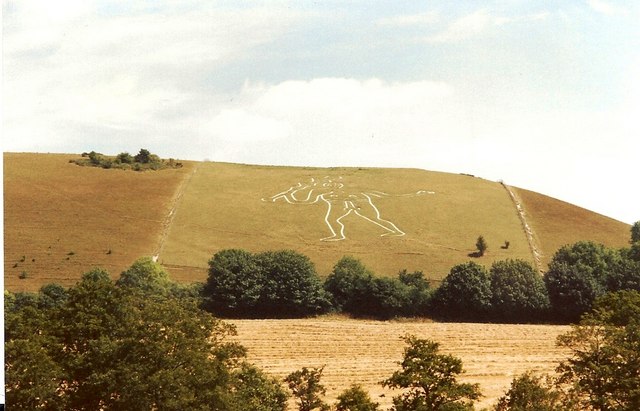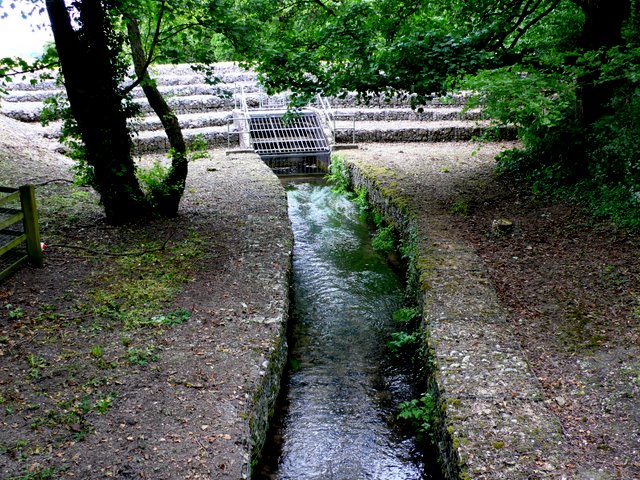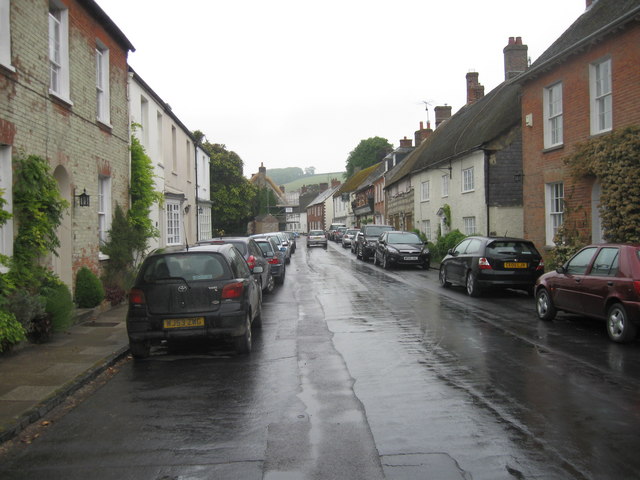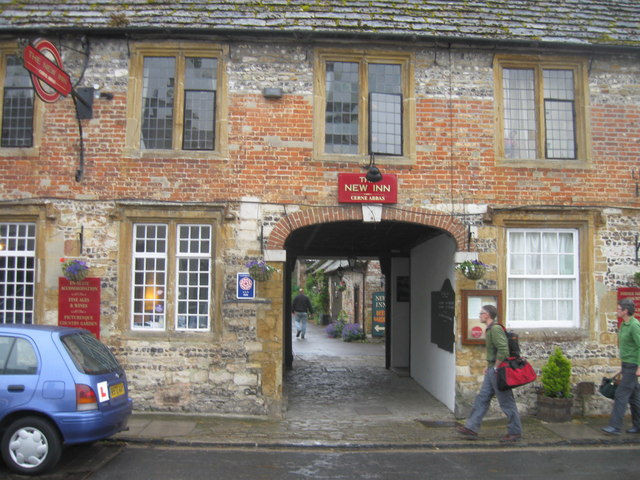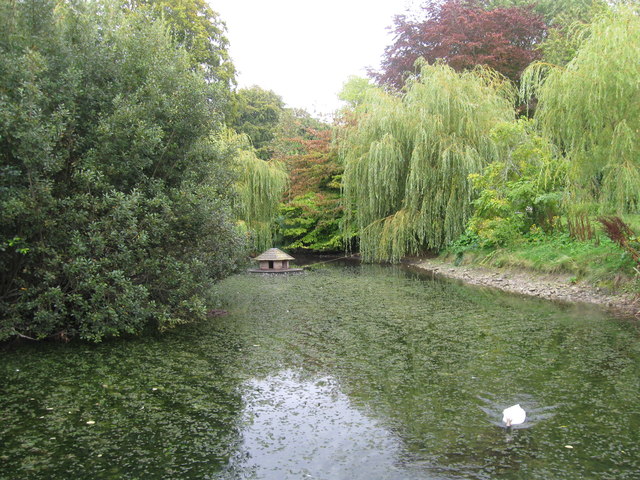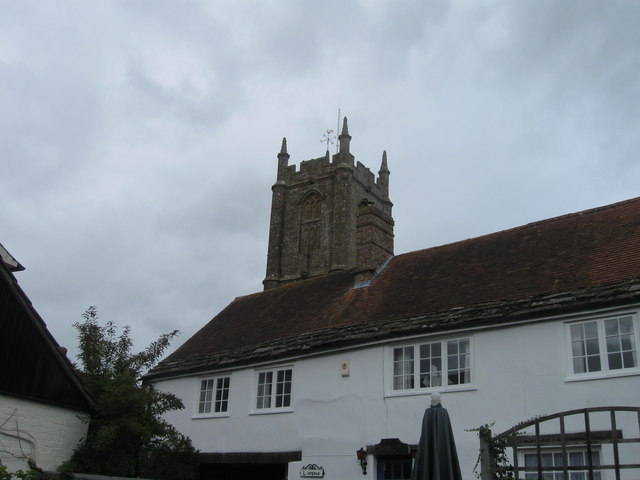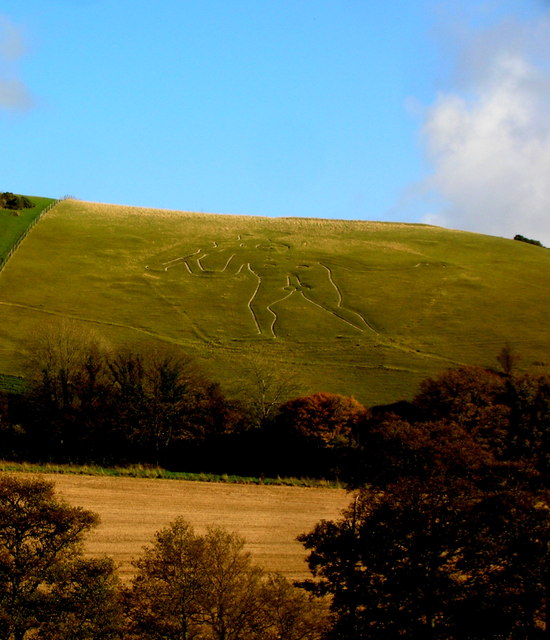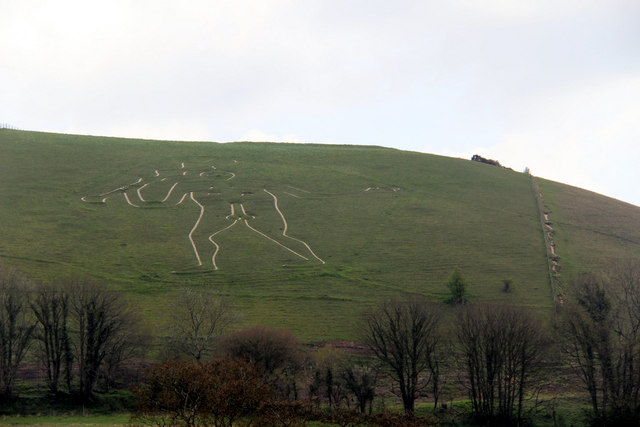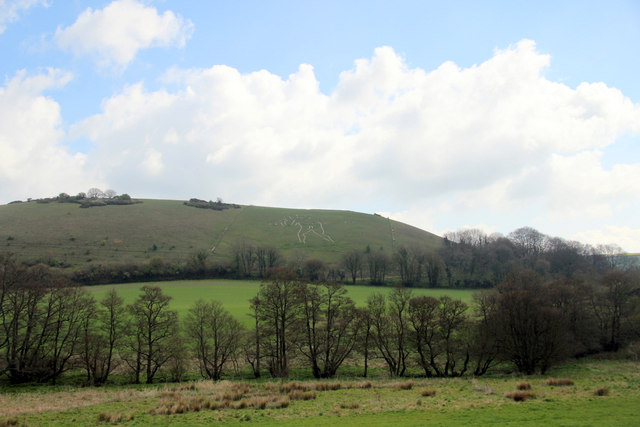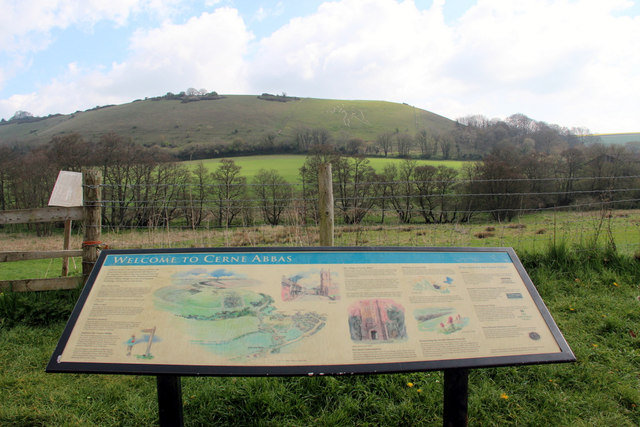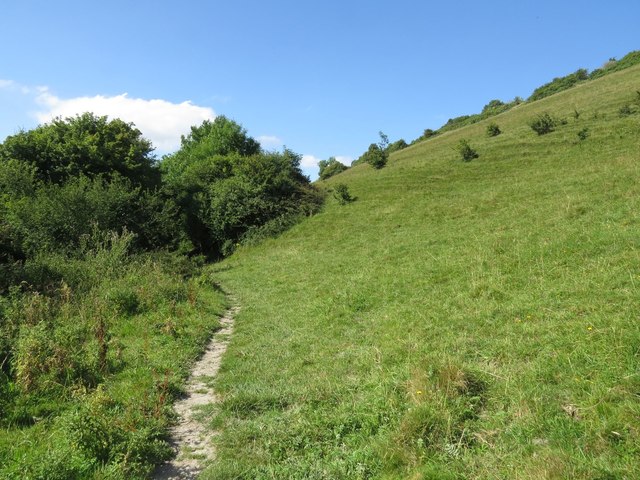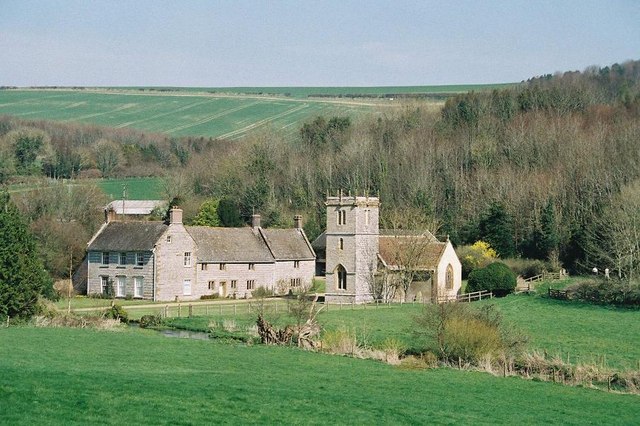Black Hill
Hill, Mountain in Dorset
England
Black Hill
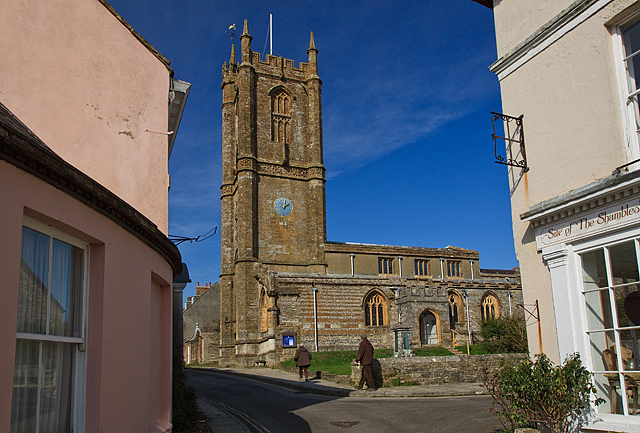
Black Hill is a prominent hill located in the county of Dorset, England. Situated near the village of Ibberton, it forms part of the picturesque landscape of the Blackmore Vale. Rising to an elevation of approximately 277 meters (909 feet), it is often referred to as a hill rather than a mountain due to its relatively modest height.
Black Hill is characterized by its distinctive conical shape and is primarily composed of chalk, a common feature of the Dorset Downs. The hill offers panoramic views of the surrounding countryside, including the nearby Dorset Downs and Cranborne Chase. On a clear day, visitors can enjoy breathtaking vistas stretching as far as the English Channel.
The area surrounding Black Hill is rich in natural beauty and biodiversity, with a variety of flora and fauna calling it home. The hill is covered in patches of grasses, wildflowers, and scrubland, providing habitats for a range of wildlife species. Birdwatchers often visit the hill to spot various avian species, including skylarks, stonechats, and wheatears.
Black Hill attracts outdoor enthusiasts and nature lovers who enjoy hiking and walking. Numerous footpaths and trails crisscross the hill, offering opportunities for exploration. The hill is accessible to the public, making it a popular destination for both locals and visitors alike.
Overall, Black Hill is a striking feature of Dorset's landscape, offering stunning views and recreational opportunities for those seeking a tranquil escape in the heart of the English countryside.
If you have any feedback on the listing, please let us know in the comments section below.
Black Hill Images
Images are sourced within 2km of 50.804178/-2.461416 or Grid Reference ST6700. Thanks to Geograph Open Source API. All images are credited.

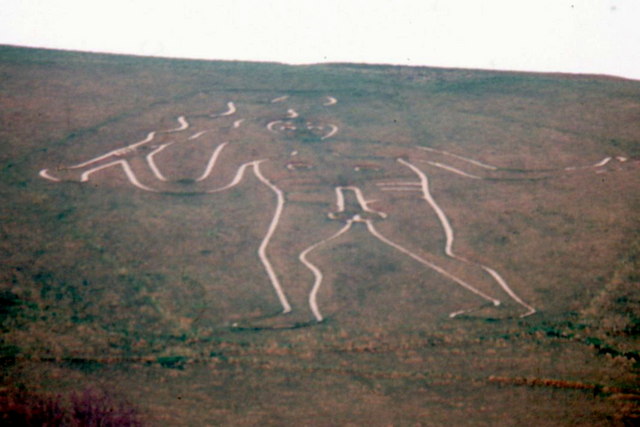
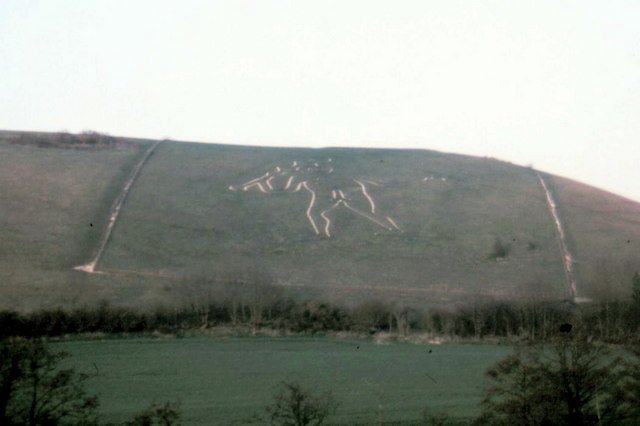
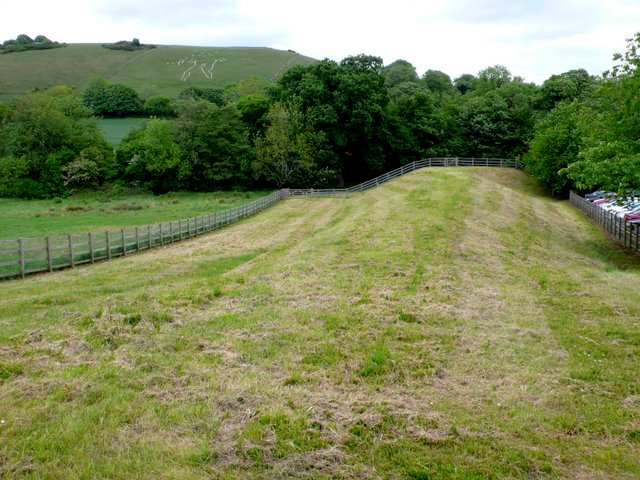
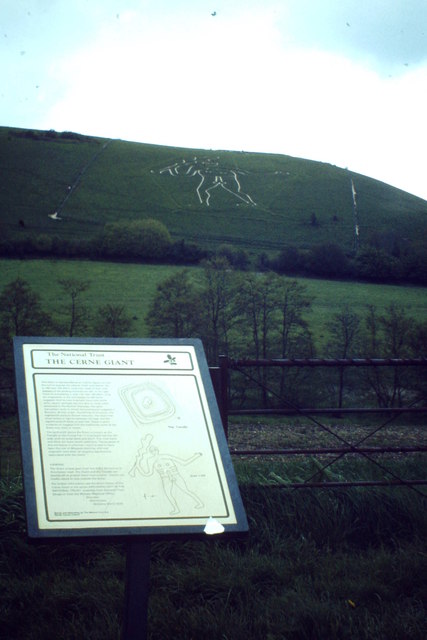
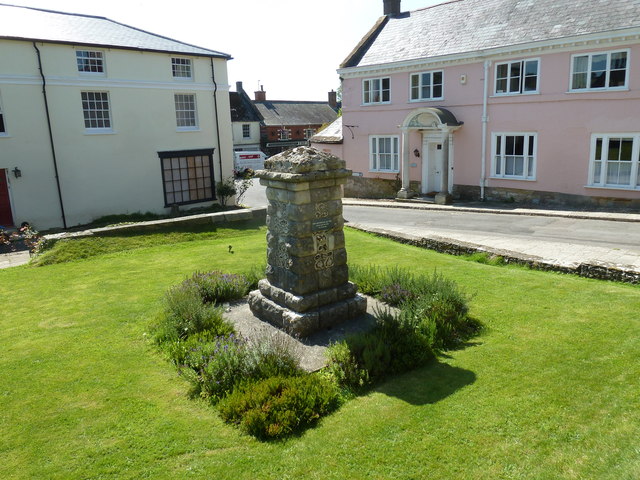
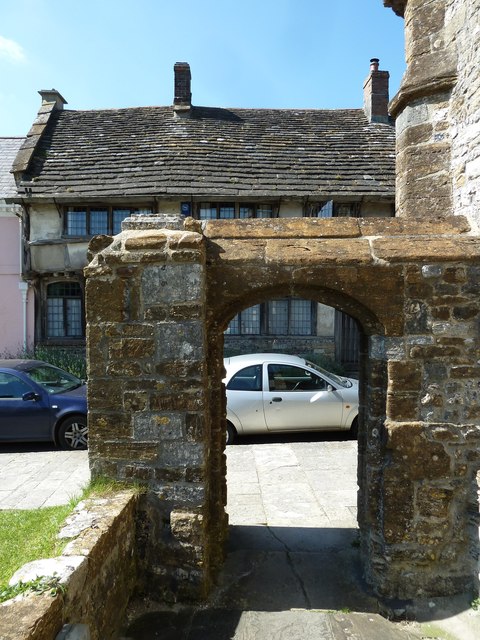
Black Hill is located at Grid Ref: ST6700 (Lat: 50.804178, Lng: -2.461416)
Unitary Authority: Dorset
Police Authority: Dorset
What 3 Words
///remarking.weds.freed. Near Charminster, Dorset
Nearby Locations
Related Wikis
Black Hill Down
Black Hill Down (grid reference ST668005) is a 71.84 hectare biological Site of Special Scientific Interest in Dorset, notified in 1989. == Sources... ==
Cerne Abbey
Cerne Abbey was a Benedictine monastery founded in 987 in the town now called Cerne Abbas, Dorset, by Æthelmær the Stout. == History == The abbey was founded...
Cerne Abbas Giant
The Cerne Abbas Giant is a hill figure near the village of Cerne Abbas in Dorset, England. 55 metres (180 ft) high, it depicts a standing nude male with...
Cerne Abbas
Cerne Abbas () is a village and civil parish in the county of Dorset in southern England. It lies in the Dorset Council administrative area in the Cerne...
Nether Cerne
Nether Cerne is a hamlet and civil parish in the English county of Dorset. It lies within the Dorset unitary authority administrative area, about 5 miles...
All Saints Church, Nether Cerne
All Saints Church in Nether Cerne, Dorset, England was built in the late 13th century. It is recorded in the National Heritage List for England as a designated...
Piddletrenthide Hoard
The Piddletrenthide Hoard is a Roman coin hoard dating from the 3rd century AD, found near Piddletrenthide, Dorset. It consisted of 2,114 base silver radiates...
Piddletrenthide
Piddletrenthide ( ) is a village and civil parish in the English county of Dorset. It is sited by the small River Piddle in a valley on the dip slope of...
Nearby Amenities
Located within 500m of 50.804178,-2.461416Have you been to Black Hill?
Leave your review of Black Hill below (or comments, questions and feedback).
